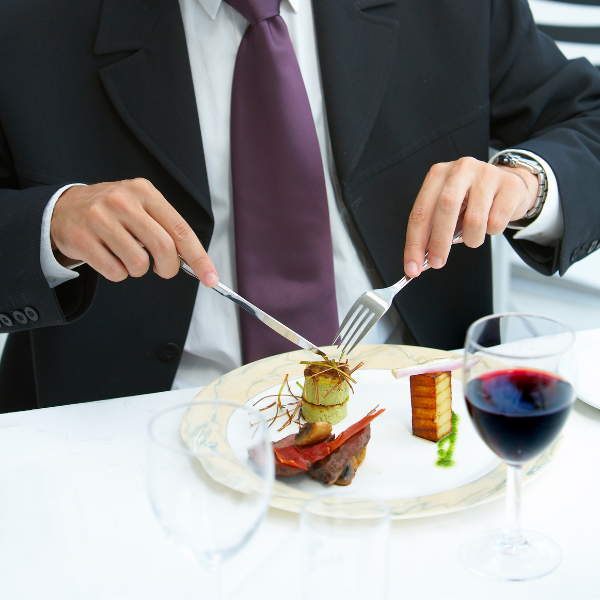In the bustling landscape of event catering and foodservice, ensuring food safety compliance is more critical than ever. Large gatherings present unique challenges think high-volume production, diverse menus, and rapid service needs, all under the scrutiny of stringent health regulations. From music festivals to corporate galas, successful event execution hinges on seamless operations and impeccable food safety protocols. For foodservice professionals, the stakes are high: a single foodborne illness incident can tarnish reputations and lead to costly legal repercussions. This guide delves into the essentials of food safety management at large events, providing practical tips and solutions to safeguard both your guests and your brand.
Understanding the Scope of Food Safety Compliance
Navigating food safety compliance at large events requires a comprehensive approach. Event organizers must adhere to a myriad of regulations designed to mitigate risks and ensure public health. These include maintaining proper temperature control, implementing robust sanitation practices, and conducting thorough hazard analyses. Compliance regulations for events vary by location, but universally emphasize the prevention of foodborne illnesses through safe food handling and rigorous monitoring.
Key elements of food compliance include:
- Temperature Control for Catering : Ensuring all food items are kept within safe temperature ranges, both during transport and service.
- Allergen Control at Events : Clearly labeling menu items and preventing cross-contact to protect guests with food allergies.
- Equipment Sanitation at Large Events: Regular cleaning and sanitizing of all equipment and surfaces to prevent contamination.
Crafting a Food Safety Management Plan
Developing a detailed food safety management plan is crucial for large-scale events. This plan should encompass every stage of food handling, from procurement to service. Begin with a comprehensive food compliance checklist that identifies potential hazards and outlines preventive measures.
Steps to Develop Your Plan:
1. Conduct a Hazard Analysis for Large Events : Identify potential sources of contamination and control points within your operation.
2. Implement Food Safety Training for Event Staff: Ensure all team members understand their roles in maintaining safety standards.
3. Establish Event Food Safety Procedures: Standardize processes for food preparation, storage, and service.
4 . Schedule Large-Scale Food Safety Audits: Regular audits help pinpoint areas for improvement and reinforce commitment to compliance.
Consider the scenario of a catering company preparing for a 500-guest wedding. By mapping out each step of the food handling process, from receiving ingredients to plating dishes, the company can identify critical control points where errors might occur and implement safeguards accordingly.

Overcoming Common Challenges In Event Catering
Large events pose unique challenges, such as limited kitchen space, fluctuating guest numbers, and the need for rapid service. Effective risk management in foodservice events is about anticipating these challenges and having contingency plans in place.
Common Challenges and Solutions:
- Limited Preparation Space : Use modular equipment that can be easily transported and assembled on-site.
- Fluctuating Guest Numbers : Implement flexible ordering systems to adjust quantities without compromising on quality or safety.
- Rapid Service Needs: Train staff in efficient service techniques and use technology, like mobile ordering systems, to streamline operations.
For example, a foodservice operation at a music festival might face unexpected spikes in demand. By employing technology for real-time inventory tracking and using pre-portioned, ready-to-serve items, they can maintain service speed without sacrificing safety.
Ensuring Continuous Food Safety Monitoring
Continuous monitoring is essential for maintaining food safety standards throughout an event. Use a combination of manual checks and automated systems to ensure compliance.
Monitoring Techniques:
- Temperature Probes and Sensors: Regularly check and log food temperatures using reliable tools.
- Visual Inspections: Train staff to conduct visual checks of food handling practices and report any deviations.
- Digital Tracking Systems: Implement software to monitor critical data points like temperature logs and cleaning schedules.
In a hypothetical scenario, a convention center hosting a trade show might deploy a digital monitoring system that alerts staff to any temperature fluctuations in real time, enabling immediate corrective action.
Ensuring food safety compliance at large gatherings is a multifaceted challenge that requires thorough preparation, vigilant monitoring, and adaptive strategies. By implementing a robust food safety management plan and leveraging technology, foodservice professionals can confidently deliver exceptional experiences while safeguarding public health. Explore Restaurantware’s comprehensive range of products designed to support efficient, safe, and sustainable foodservice operations. Whether you’re managing a single event or a nationwide series, our solutions help ensure your food safety standards meet and exceed industry expectations.
Q: What are the top priorities in food safety certification for events?
A: Focus on comprehensive staff training, robust sanitation protocols, and maintaining consistent temperature control.
Q: How can caterers balance speed and safety at large gatherings?
A: Prioritize efficient workflows, use pre-prepared items when possible, and employ a well-trained team to ensure both speed and adherence to safety protocols
Q: What role does technology play in event food safety?
A: Technology enhances monitoring and communication, allowing for real-time adjustments and reducing the risk of human error.









